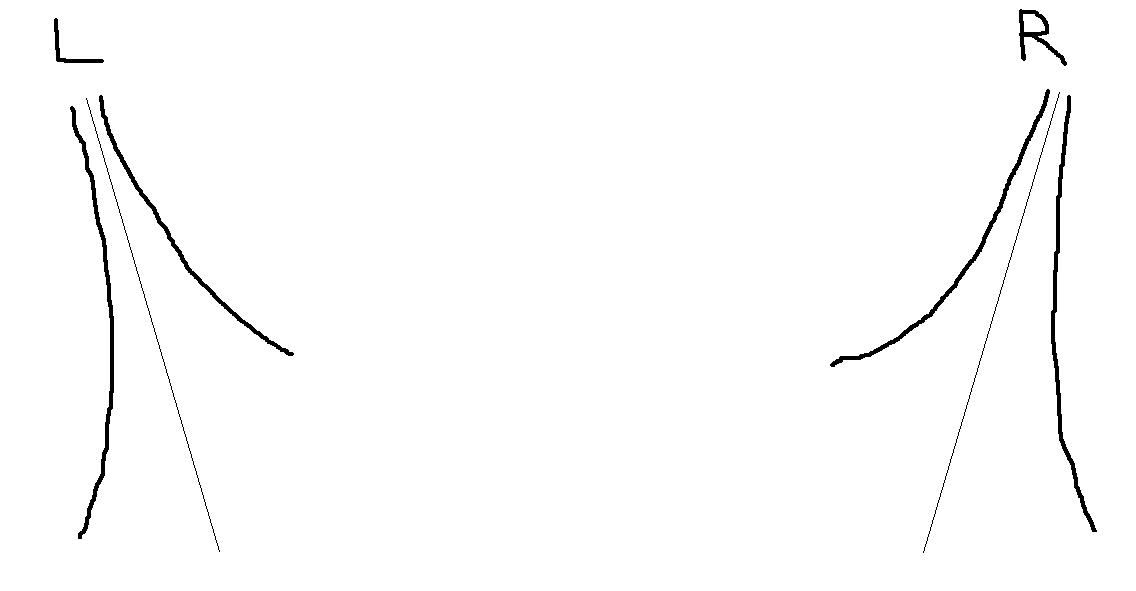Rerurn to Romy the Cat's Site
In the Forum: Horn-Loaded Speakers
In the Thread: JBL 2226 2445 2405 3-way and a path forward
Post Subject: I just shared a tested and working method, nothing morePosted by haralanov on: 1/26/2014
fiogf49gjkf0d
 Romy the Cat wrote: Romy the Cat wrote: |
| The back plate is located a few mm from diaphragm and any back reflections are not compatible with wavelength. |
|
Yes,
but why do you mention only the shortest possible dimension inside the chamber?
There are lots of relatively longer distances which form resonances well inside the
working range of the driver.
 Romy the Cat wrote: Romy the Cat wrote: |
| I do
not feel the need to do any experiments with it as I did it a lot. None of my
experiments indicated that I had any important difference in sound if my driver
were operating well outside of own critical regions. |
|
You haven’t
heard any important difference because you haven’t tried what I illustrated on
the picture above. And what does it mean you did “a lot of experiments”? Who
defines what is “a lot” and what is “not enough”? In context of midrange horns
you have to build at least 15-20 different horns with different profiles,
different shapes of the mouth, different materials and so on, in order to judge
which one fits closer to your requirements of how it should sound. This is
valid for everybody who deals with horns, not only for you. I am amazed when I
see somebody who is sticking his theoretically correct MF horn to his compression MF
driver and then he just accepts the result!
He "plays" with arranging the horn in space, with setting of the optimal off axis angle, with different crossover techniques, but none of these compensates the badly designed horn.
Just a short
example: the horns with round mouth have the worst possible performance in
terms of sound complexity and they are champions in achieving the so called “open,
but closed within itself” type of sound, where the sound is perceived as it is
a hostage close to the bottom of the horn, trapped inside (but still energetic and "jumpy"), not "breathing" freely in the air. This effect is greatly reduced when for example
the horn has oval shape (or even better – complex, “brain acceptable” shape),
especially when the width/height ratio of the elliptic contour is the correct one. Who defines what is the
correct ratio? – it is the one who builds many different horns and then uses
his ears to select the best performing among them. All the people who performed
a lot of experiments know that for achieving a good realistic imaging – the MF
horns should be shorter in the direction of the other L or R channel, compared
to the direction toward walls (to avoid confusion, here is another
illustration):

And so on,
and so on…
Rerurn to Romy the Cat's Site